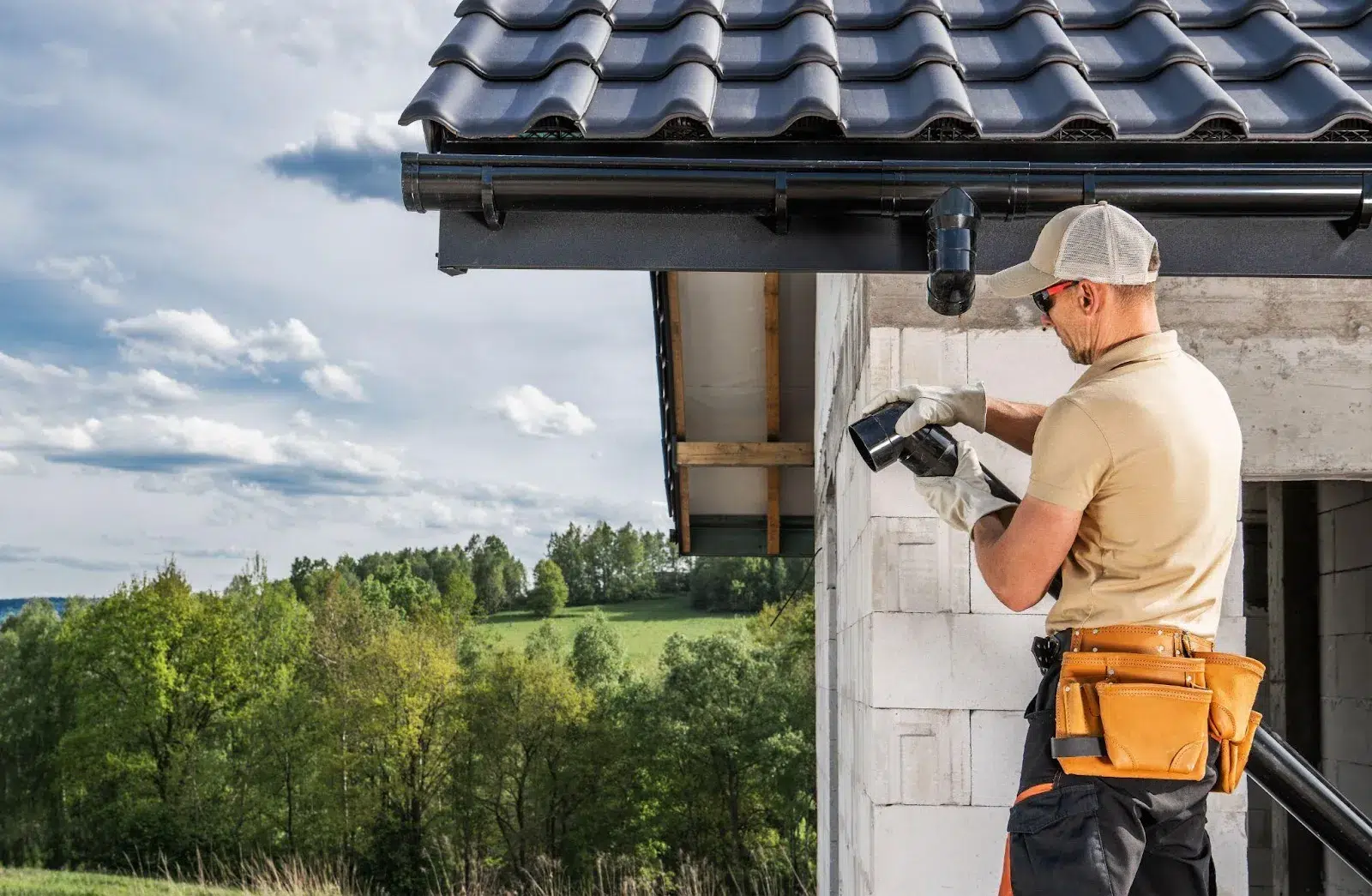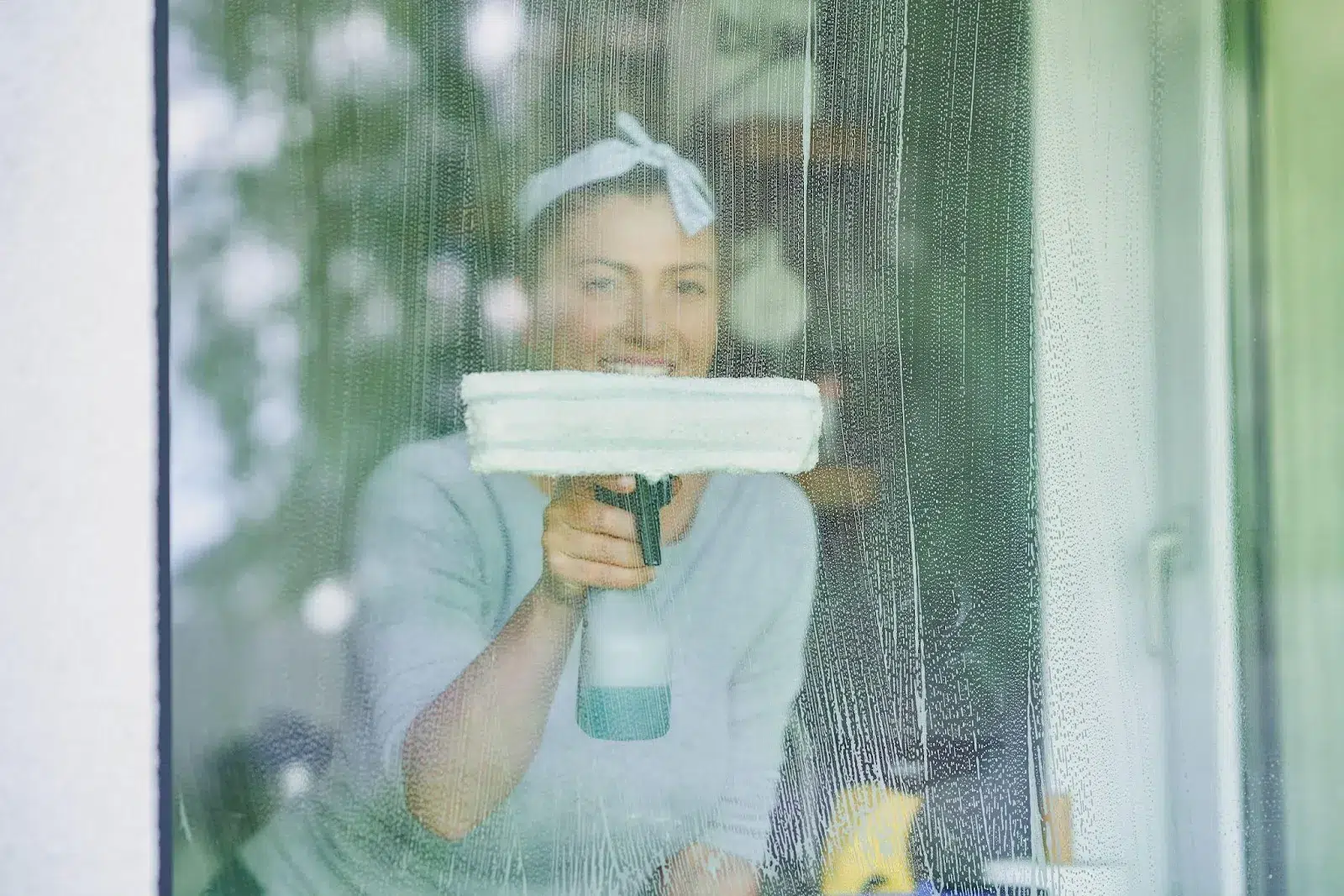Sow the seeds of good health by getting out and gardening. It sprouts so many health benefits in ways that can extend your life – from reducing anxiety and stress to lowering blood pressure and improving sleep. And it’s a great mood booster too.
Bring on the happy with juicy tomatoes, crisp cucumbers and colourful cabbages. Food gardening is a wonderful way to connect with nature, exercise, and feast on fresh veggies and herbs. Even a small planting is a rewarding way to shave dollars off your grocery bill, and it feels so very good to savour the delicious rewards of your labour.
Freshly harvested vegetables have a higher nutritional content than veggies that have been sitting on a store shelf or in the back of a truck for days as they travel from farm to table. If you garden organically, it allows you to limit the amount of synthetic pesticides and fertilizers that find their way into your body.
Good health is rooted in the outdoors, and connecting with the earth doesn’t have to be complicated. Whether growing veggies or beautiful flowers, all you need is a small, sunny patch in your own backyard or a few containers on a balcony or deck. Think about making it a social activity. Garden with family, friends or join a community gardening group. Take gardening classes or volunteer to maintain gardens in public spaces.
Harvest good health
So forget farm to table – make it backyard to table. But be realistic about the amount of time that you have and the size of your veggie garden.
Take our expert tips and harvest good health:
- Start small. Grow just a handful of your favourite veggies – easiest ones to grow are lettuce, snap beans, tomatillos, Swiss Chard and cucumbers. Most herbs are also very easy to grow and if you like to cook, grow parsley, basil, thyme and oregano just outside your back door. Toughest to grow are artichokes, leaks, eggplants, cauliflower.
- Start out small and maximize space by growing up. Set up supports like trellises to grow vining crops up, instead of out. Plant shorter crops, like lettuce, chard, and carrots underneath and in between taller crops like tomatoes, green beans, eggplants and peppers.
- Healthy soil is the key to successful veggie gardening so work in several inches of compost each spring and between successive crops. Organic fertilizers can be used to boost crops during summer, and a mulch of straw or shredded leaves beneath crops will keep soil cool and moist.
Let the sun shine in
- Sun is key to success, so pick a site that receives at least eight hours of sun a day. Less light? Grow more shade-tolerant veggies like lettuce, spinach, arugula, chard and kale.
- If you’re thinking of a bigger veggie garden, include colourful annual flowers like nasturtiums, zinnias, sunflowers and sweet alyssum – they’ll attract pollinators and beneficial insects, which can help boost your veggie crop.
- Be sure to mulch – this is an incredibly important chore if you hate weeding and watering. A 2-3 inch thick layer of untreated grass clippings, composted leaves, straw or mushroom soil, helps prevent weeds, cuts down on watering, and stabilizes soil temperatures. It also limits the transmission of many soil-borne diseases.
Contain your gardening enthusiasm
No backyard? No problem – start a vegetable garden in containers. Sprout seeds indoors in clear plastic cups for a quicker start, and then transplant outside to pots, pails, window boxes, even fabric pots, whatever your heart desires. (Self-watering pots may be the way to go as warm weather dries out soil quicker than garden beds.)
Be sure there are drainage holes, and fill containers with potting soil that holds nutrients and moisture yet drains well. Garden soil is too heavy – potting soil blends peat, organic material and perlite, and is readily available at many stores.
Give each plant plenty of space; the average tomato requires a bigger container with a volume of at least 5 gallons, while herbs can grow in 1 gallon pots. Smaller crops like lettuce, cabbage and root crops like radish and carrots can grow in 2-3 gallon containers.
Get ready, set, garden…
Give your lawn and flower gardens some TLC for sunny days ahead.
- Clean up lawn of leaves and twigs; clean up edges
- Cut back ornamental grasses to the ground
- When grass is growing, cut with blade set on maximum height
- Repot or top dress container plants
- Prune and trim evergreens if needed
- Prune established climbers that flower on the current season’s shoots
- Plant shrubs and clematis against walls, fences or trees
- Divide clump-forming perennials and grasses
- Plant autumn bulbs
- Put in support for tall-growing perennials
- Keep on top of deadheading and weeding
- Bring out over-wintered container-grown plants; fertilize container plants
Let Custodia help you clean up your yard, care for your lawn and gardens, and tend to all your home maintenance needs – reliably and conveniently, with no fuss or stress. Well-maintained spaces, outside and inside, boost our mental wellbeing and safety, and increase our home’s value too. So make it home sweet home with a hel




